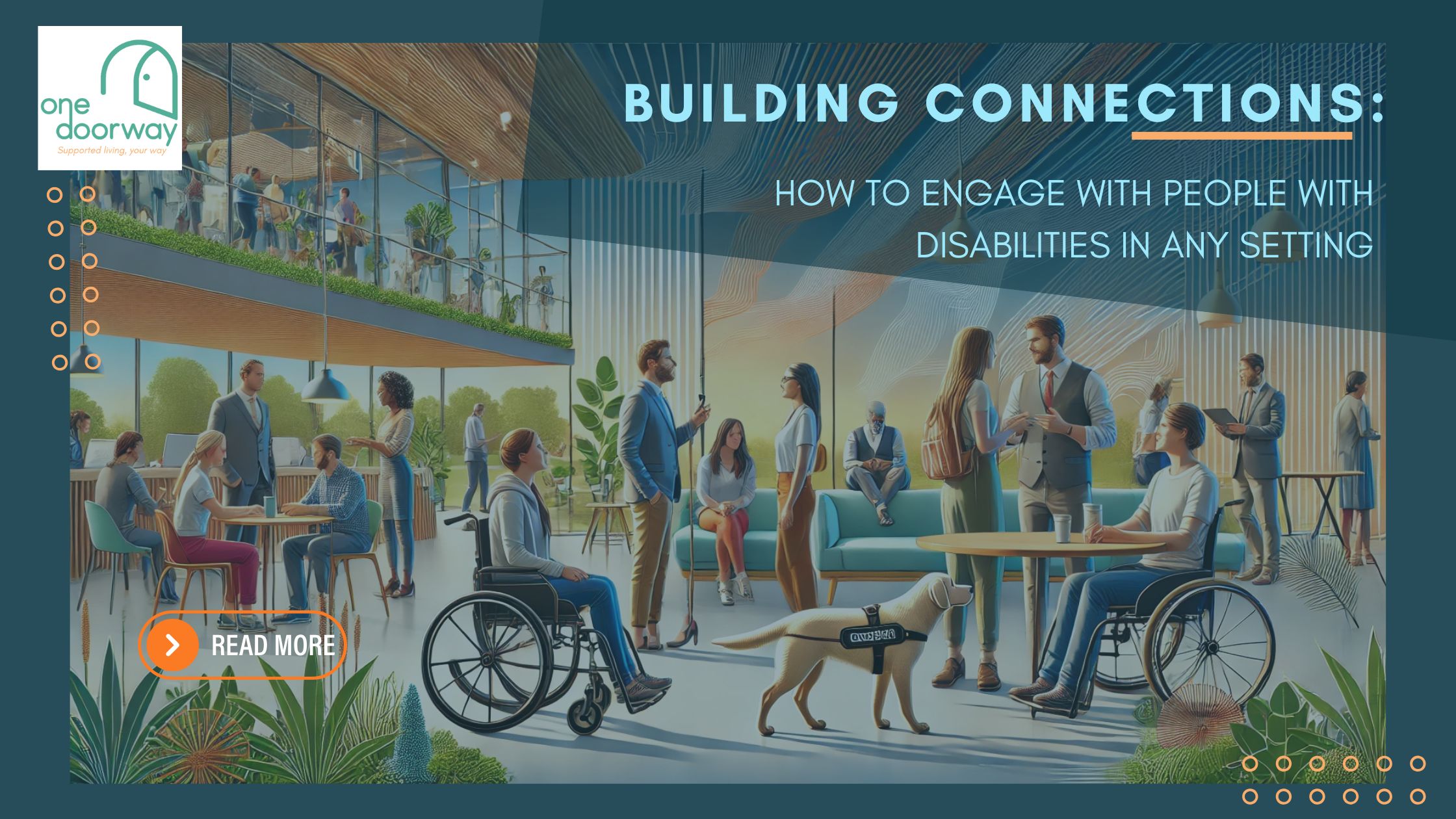Game-Changing Assistive Technologies for People with Disabilities in Australia
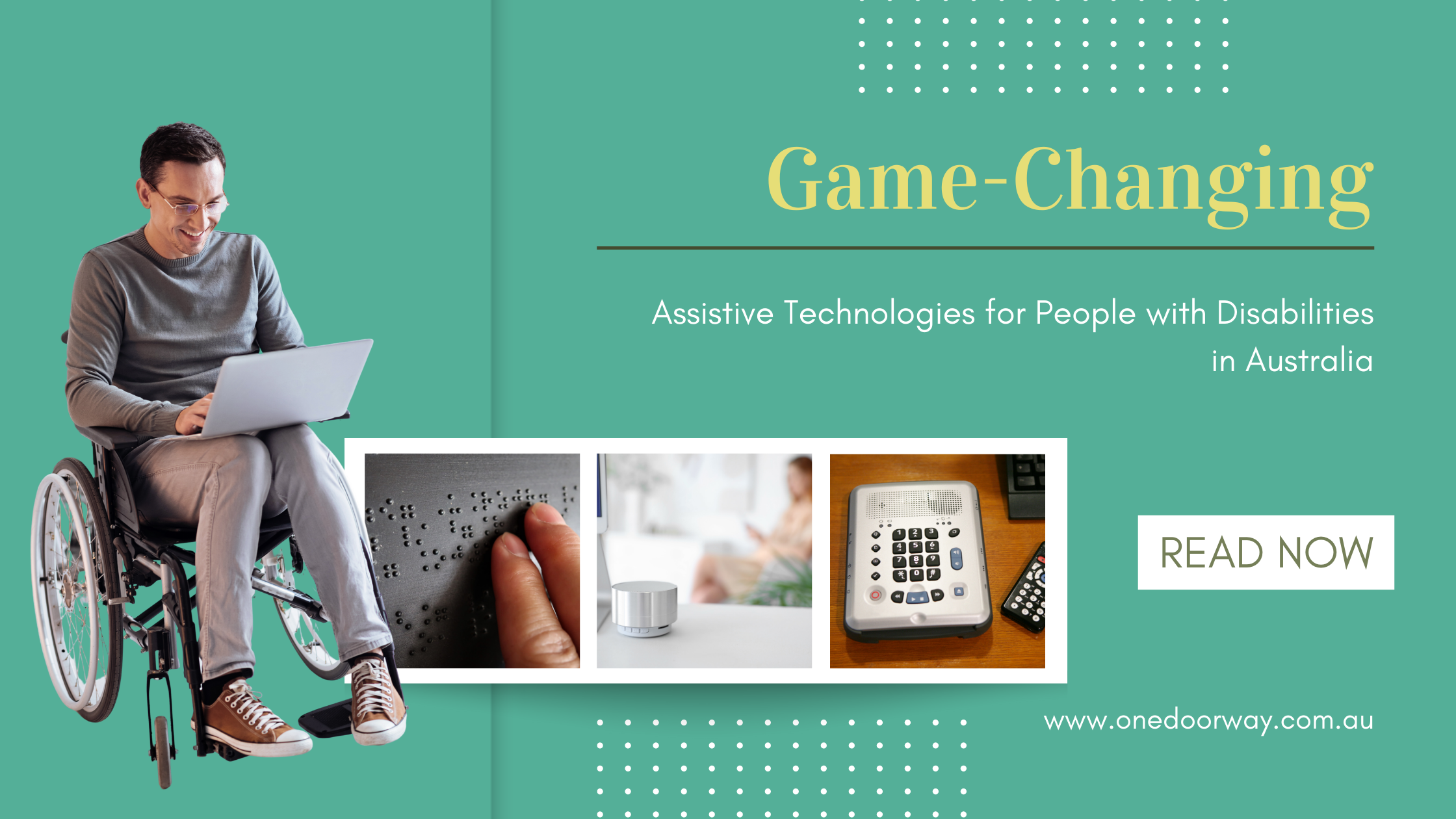
Assistive technologies play a significant role in empowering people with disabilities by providing them with the tools they need to overcome barriers and improve accessibility. Assistive technologies are various gadgets, tools, and software that help people with impairments in their daily life. These technologies design to bridge the gap between their talents and the problems they confront. These allow them to be more independent and participative in society. Australia understands the importance of inclusion. We strive to provide an atmosphere in which people with disabilities may thrive. The country hopes to solve obstacles and promote equal chances by adopting assistive technology.
Key Categories of Assistive Technologies
Assistive Communication Technologies
Communication is essential in human connection, and having good communication tools is critical for people with impairments. Augmentative and Alternative Communication (AAC) devices, text-to-speech software, and Braille displays are a few of the game-changing innovations that help individuals with disabilities communicate better.
Mobility Assistive Technologies
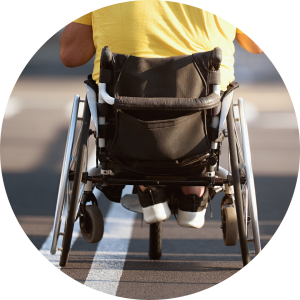
Mobility issues can have a major effect on one’s freedom. Some examples of this technology are:
- wheelchairs
- mobility scooters
- prosthetic limbs
- orthotic devices
These technologies have advanced in Australia. People living with disabilities can use these technologies to navigate their surroundings, access services, and take part in a variety of activities.
Vision and Hearing Assistive Technologies
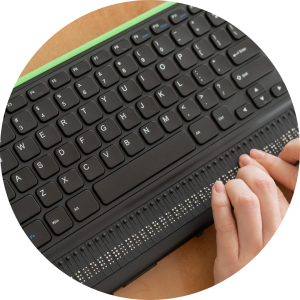
Individuals with visual and hearing impairments have unique challenges. But with the support of assistive technologies, they may overcome these obstacles.
Technologies that improve vision and hearing capabilities include:
- screen readers
- magnifiers
- electronic Braille devices
- hearing aids
- closed captioning systems
Recreation
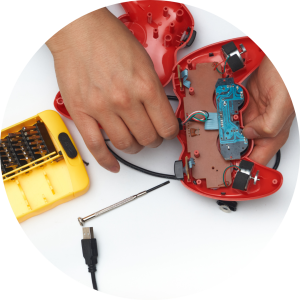
Aside from vital daily living and communication support, assistive technologies also cater to amusement and leisure activities for individuals with disabilities. Participation in sports, social meetings, and cultural activities is possible by these technologies. Some examples include:
- audio descriptions for movies
- adaptive controls for video games
- customised fishing rods
- cuffs for holding paddles or racquets
- boat seating configurations
Computer Access Aids

Access to computers and technology is critical in today’s digital world. Assistive technologies have made great progress in allowing people with impairments to successfully access and use computers.
- Headsticks
- laser pointers
- modified or alternate keyboards
- switches triggered by pressure, sound, or voice
- touch displays
- specific software
- voice-to-text software
These are just a few of the computer access aids that help people traverse the digital world.
Join us at One Doorway in embracing inclusivity and empowering those with disabilities to thrive in the digital age. Access to computers and technology is critical in today’s digital world, and adaptive technologies have made great progress in enabling individuals with impairments to access and use computers effectively, opening up a world of possibilities. By utilising tools like head sticks, laser pointers, modified keyboards, and voice-to-text software, individuals can confidently navigate the digital landscape. At One Doorway, we are dedicated to finding ways to enrich our participants’ lives by utilising as many of these technologies specifically designed for people with disabilities as possible, if needed. Together, let’s take the first step towards a more accessible future by exploring the wide range of assistive technologies available today.
